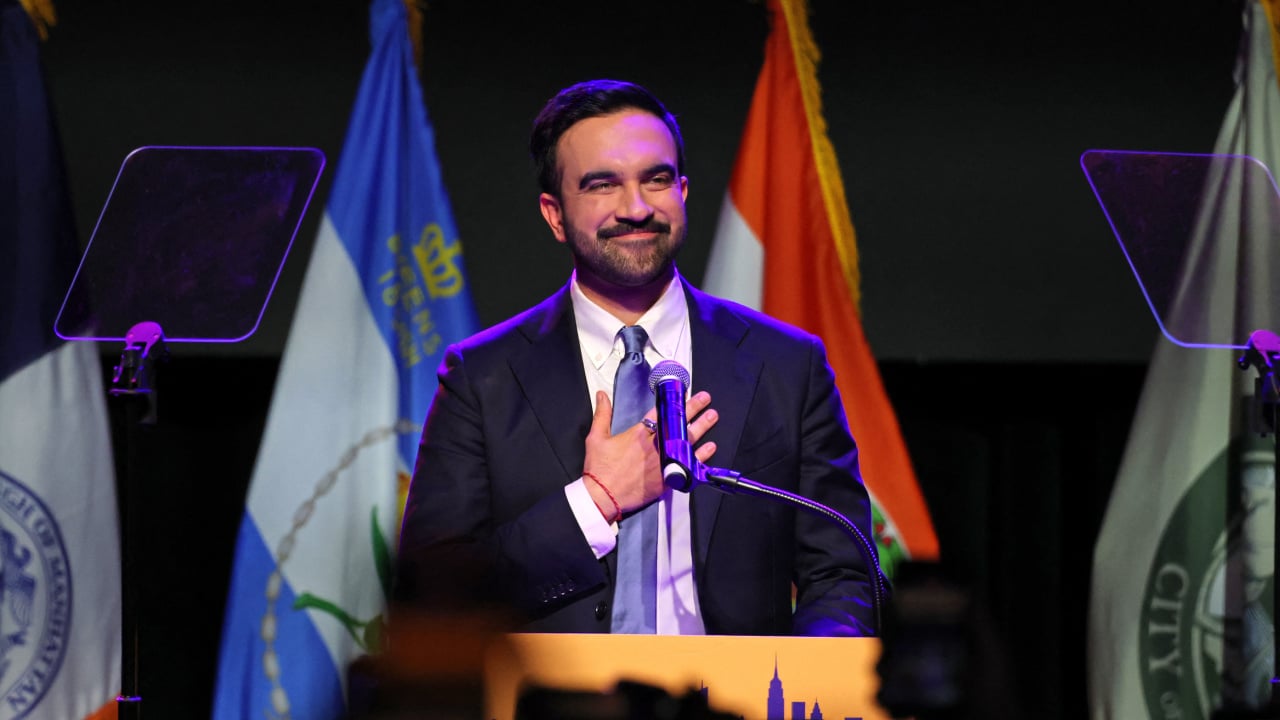Gen Z Protests Sweep Mexico with Thousands Showing Up to Expose Government Corruption and Push for Safety
Mexico joined a growing list of countries facing fierce opposition from disenchanted young people. Over the weekend, people from across Mexico participated in protests against the Mexican government. Despite broad support, protesters took to the streets to send a message of frustration to President Claudia Sheinbaum’s administration. The latest demonstrations are part of growing Gen Z protests across the globe.
Thousands joined in Gen Z protests in Mexico over the weekend
People took to the street on Nov. 15 in Mexico City demanding change in the federal government. The latest in Gen Z protests around the world, protesters in Mexico marched for change. The protests are in response to what people see as government corruption and a weak stance on cartel violence. Some of the protesters want President Claudia Sheinbaum to resign.
President Sheinbaum, who has an approval rating of 70 percent, addressed the demonstrations before they took place. In a press briefing, the president urged people to pay attention to who was organizing and promoting the protests.
“We agree with freedom of expression and freedom of demonstration if there are young people who have demands, but the issue here is who is promoting the demonstration,” President Sheinbaum said during a press briefing. “People should know how this demonstration was organized so that no one is used.”
President Sheinbaum claims that the protests were promoted heavily by bots and people on the right who are opposed to her administration. The protests, according to the BBC, were organized by Gen Z youth groups.
Protesters are demanding change and safety
The protests come after the tragic death of Uruapan Mayor Carlos Manzo during a Día de los Muertos event. Mayor Manzo was his own firebrand focused on combatting cartel violence. He started the independent political initiative Sombrero Movement, which criticized the Sheinbaum administration for its handling of violent crime.
The rally in Mexico City echoed Mayor Manzo’s demands for a tougher stance on cartel violence. According to The New York Times, a banner hanging from barricades around the Angel of Independence evoked Mayor Manzo’s memory and El Salvador’s President Nayib Bukele. The banner read, “They took away our Mexican Bukele, Carlos Manzo, to scare us. But they gave us a national hero.”
The protests, which were mostly peaceful, devolved into violence at the end when protesters confronted police officers. The battle raged as protesters successfully tore down some of the barricades surrounding the National Palace, where President Sheinbaum lives. According to reports, 120 people were injured during the demonstrations, with 100 of them being police officers.
Mexico joins other countries as the Gen Z demonstrations pick up momentum
Earlier this year, youthful protesters took to the streets of Nepal to push back against government corruption. Social media was flooded with images of young Nepali citizens protesting in Kathmandu, the nation’s capital. The protest led to a revolution in the Asian country that ended with the prime minister resigning and new elections scheduled for March.
Global media covered the protests in Nepal, focused on the government banning more than two dozen social media apps. While that was the final straw that led to the revolution, the protesters were rising up against government corruption and years of exploitation.
The Gen Z protests in Nepal, like Mexico and others, were coordinated through social media, largely on Discord. Young people are using the internet to mobilize in ways governments have not experienced before.
The protests could shape the future of government
Gen Z protests have taken place in several countries this year. Demonstrations in Nepal, Mexico, Peru, Madagascar, Morocco, the Philippines, Indonesia, and Kenya have rocked federal governments. Young people across the globe are demanding equality, justice, and an end to violence and government corruption.
Outcomes from the demonstrations are mixed depending on the country. For example, in Kenya, the Gen Z protests didn’t result in governmental change. Instead, Kenyan President William Ruto withdrew a controversial tax bill, which was increasing the cost of everyday goods. The tax increases included a 16 percent Value Added Tax (VAT) on things like bread, causing frustration among Kenyans.
In Nepal and Madagascar, the protests led to the toppling of the federal government and the appointment of interim governments. However, according to the Atlantic Council, in both Nepal and Madagascar, the interim governments have essentially cut out the youth leaders that enabled the governmental change.
This weekend was the first protest planned in Mexico. A second protest has been announced to take place on Thursday, Nov. 20 in Mexico. The date is significant as it is Revolution Day, an official Mexican holiday.




